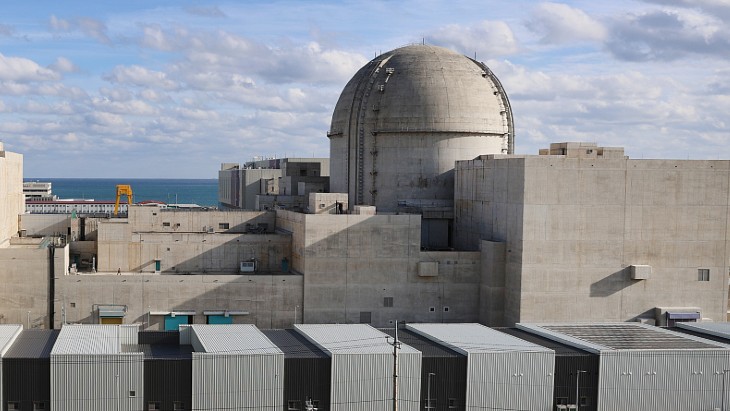The company said reaching this temperature is a critical engineering milestone as it is considered the ideal fuel temperature at which a commercial power plant would need to operate.
Everett, Washington-based Helion added that the 16-month testing campaign of Trenta "pushed fusion fuel performance to unprecedented levels and performed lifetime and reliability testing on key components of the fusion system".
The company said reaching these temperatures and confirming system reliability are "vital milestones" that validate its plans to develop a cost-effective, zero-carbon electrical power plant using its pulsed, non-ignition-fusion device.
"These achievements represent breakthroughs with major implications for how the world meets its expanding future electricity needs while dramatically reducing climate impact on a relevant timescale," said Helion Energy founder and CEO David Kirtley.
Helion says its approach to fusion energy differs in three main ways from other approaches. Firstly, it uses a pulsed fusion system, which helps overcome the hardest physics challenges, keeps its fusion device smaller than other approaches, and allows it to adjust the power output based on need. Secondly, its system is built to directly recover electricity, while other fusion systems heat water to create steam to turn a turbine which loses a lot of energy in the process. Thirdly, it uses deuterium and helium-3 as fuel, which helps keep its system small and efficient.
Researchers use the term “mean ion energy” to describe how hot fusion plasma are. To physicists, the term “temperature” only applies to objects near equilibrium, which does not always describe rapidly-changing fusion plasmas. However, a mean ion energy of 1 keV is equivalent to a temperature of 11 million degrees C.”

.jpg)



_72306.jpg)


_49562.jpg)





